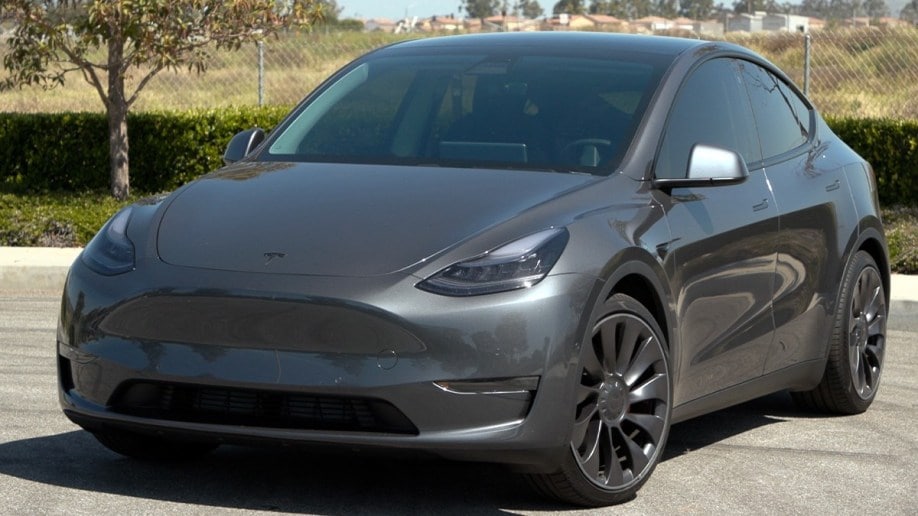The Tesla Model 3 is the EV pioneer’s bestseller, having retailed more than 139,000 units in 2019. Now comes along a sibling, the Model Y, that’s taller and designed to appeal to the crossover SUV set. While crossovers are vastly outpacing sedans in the market, can Tesla cash in on this trend? Let’s see how this pair stacks up.
Tesla Model 3
While the Tesla Model 3 is a sedan with a traditional trunk measuring 15 cubic feet, it beats the more practical and more expensive Model Y is in pretty much every other measurable category. For example, it costs less with a base price of $37,990. Move up to the Long Range Dual Motor All-Wheel Drive versions, and the Model 3 saves you $4,010 over the base Model Y, which comes only in Long Range versions and starts at $49,990.
Model 3 also travels farther on a full battery charge. Depending on the version you choose, the minimum/maximum range estimates are 240-310 miles for the Model 3. The Model Y travels 230-300 miles.
Acceleration to 60 mph takes 5.3 seconds for the Model 3 Standard Range, and 3.2 seconds for the Model 3 Performance. Equivalent versions of the Model Y take 5.5 seconds and 3.5 seconds, respectively.
Eventually, you’ll need to visit a Tesla Supercharger, where you’ll plug in for some extra juice. In 15 minutes, the Model 3 soaks up 180 miles of range. The Model Y rejuvenates to 168 miles in the same period of time.
Tesla Model Y
There’s not much difference between a Tesla Model 3 and a Tesla Model Y. The former is lower and sleeker, while the latter sits up taller and provides more cargo space. Otherwise, the styling themes are the same, the interiors are essentially indistinguishable, and the drivetrains are identical.
So, why should you spend extra money on the Model Y?
The main reason is for its extra utility. Open the Model Y’s rear hatch, and it holds more luggage than a Model 3. Tesla doesn’t provide an official figure for the space behind the rear seat, but you can bet it’s bigger than 15 cubic feet.
Fold the seats down, and the Model Y can carry up to 66 cubic feet of cargo, according to Tesla. That’s competitive with other compact luxury SUVs. Plus, you can load bulkier items into a Model Y than you can a Model 3. Tesla could’ve given Model Y owners even more room had it gone with a more traditional SUV look, but that would’ve been tough given the company’s rounded, organic styling themes.
Another reason to get the Model Y is for the optional third-row seat. Spend an extra $3,000, you can stuff two extra seating locations into this Tesla, giving the SUV 7-passenger seating capacity.
Otherwise, there is no reason to upgrade to a Tesla Model Y. It is either identical to the Model 3, or inferior to it.
Tesla Model 3 vs. Tesla Model Y. Which is better?
Unless you absolutely must have the Model Y’s optional third-row seat, its extra cargo space, or the improved utility that comes with a larger rear load area, we recommend the Tesla Model 3. It is a better vehicle and a better value.
And if you fold the rear seats, the Model 3 holds an estimated total of 43 cubic feet of your junk, as long as you also use the frunk.
Class of 2021: All the New and Redesigned Cars, Trucks and SUVs









